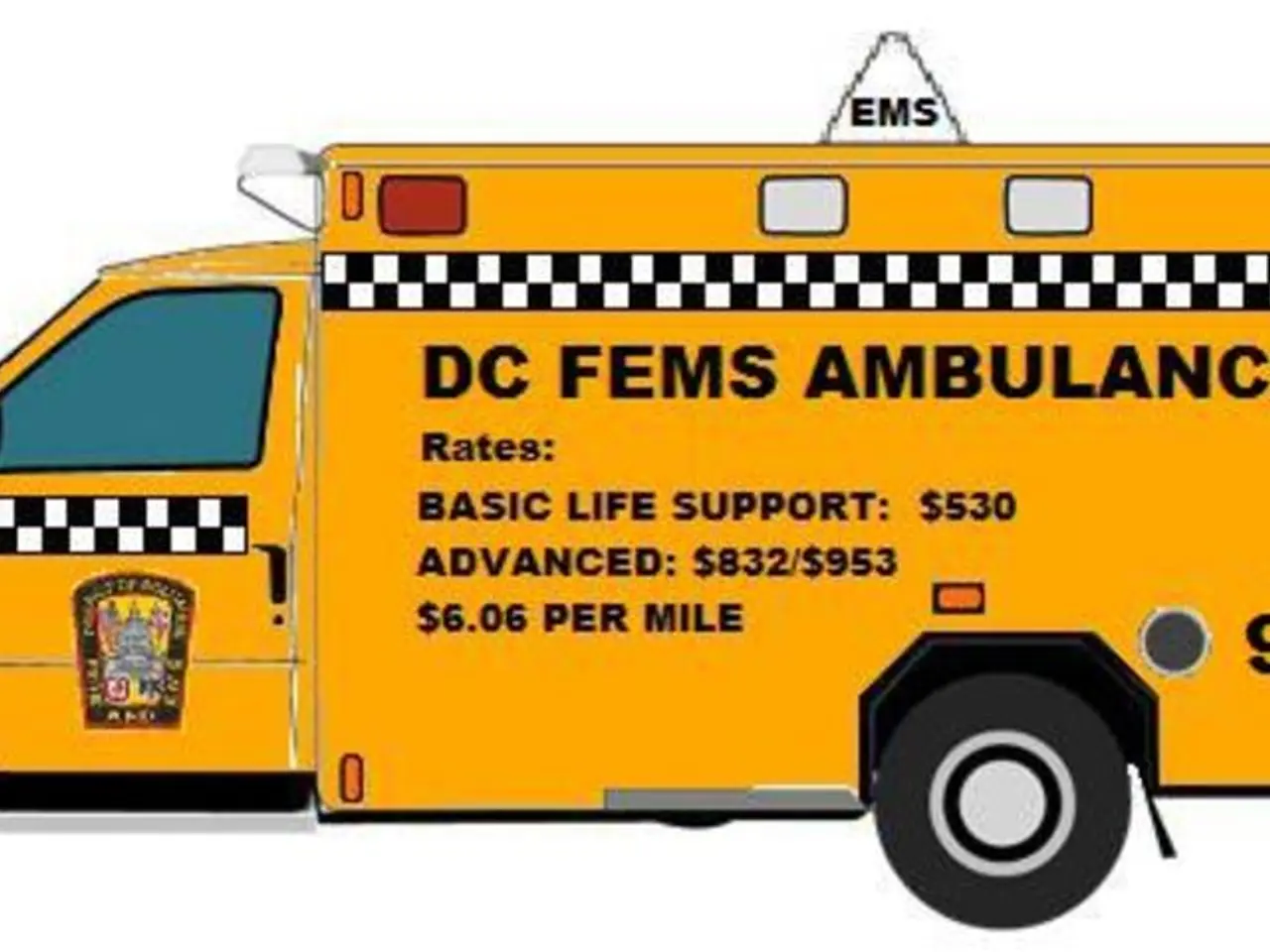Conflict Between the Public Interest and Financial Gain
In a world where the insurance and auto industries significantly influence the care that crash victims receive, the role of trial lawyers has become increasingly important. Many states employ either a no-fault insurance system or an at-fault system, creating significant disparities in victim compensation and care depending on the state’s laws and insurance rules.
Insurance companies, bound by a duty of good faith and fair dealing, may still engage in bad faith practices that hinder crash victims' access to adequate care and compensation. These practices, such as unfair denials or underpayments, can compound victims' struggles, especially for long-term injuries requiring extensive medical treatment.
In the face of these challenges, trial lawyers have emerged as champions for better care and fair compensation for crash victims. They navigate the complex, state-specific legal systems to pursue full damages, including long-term medical costs, emotional distress, and lost earning capacity. Lawyers often collaborate with medical and vocational experts to prove the extent of injuries and future needs, ensuring victims are not pressured into inadequate insurance settlements. Legal advocacy helps hold insurers accountable, challenge bad faith behavior, and secure compensation that addresses both immediate and ongoing care requirements.
One such individual, who retired from the National Highway Traffic Safety Administration (NHTSA) in 2007, made a significant contribution to this cause. This individual created the Atlas and Database of Air Medical Services (ADAMS), a project designed to help save lives of crash victims who were dying before reaching a hospital or trauma center. However, the auto industry's focus on cost may hinder the effectiveness of ADAMS.
In meetings with various stakeholders, the individual encountered opposition from a famous academic safety researcher who argued that air medical services were too expensive. This opposition, rooted in cost concerns, could be a barrier to the implementation of tools to improve care for crash victims.
Rescue resources were often too little, too late, highlighting the urgent need for improved care and compensation for crash victims. Despite these challenges, the individual's work with trauma surgeons like Dr. Howard Champion and many others continues to inspire efforts to save lives and improve care for crash victims.
In summary, the interaction between insurance policies, state laws, and legal advocacy shapes the level and quality of care crash victims receive. Trial lawyers have become essential champions for improved treatment and compensation, advocating for victims and challenging the status quo in the insurance and auto industries.
- The significance of science, specifically medical-conditions, becomes evident when considering long-term injuries of crash victims requiring extensive medical treatment.
- In the context of health-and-wellness and fitness-and-exercise, legal advocacy helps ensure victims receive adequate care that addresses both immediate and ongoing requirements.
- In the realm of general-news, the debate over air medical services and their cost can pose a barrier to the implementation of tools aimed at improving care for crash victims.
- Unexpected incidents such as car-accidents and crime-and-justice cases underscore the importance of champions like trial lawyers in seeking justice and fair compensation for victims, thus contributing to a safer and more equitable society.




